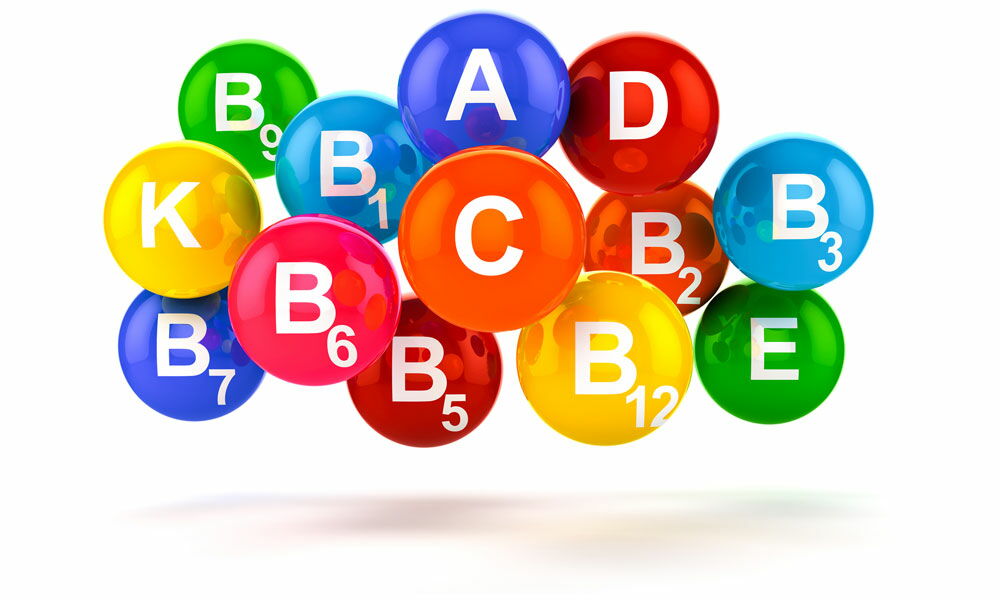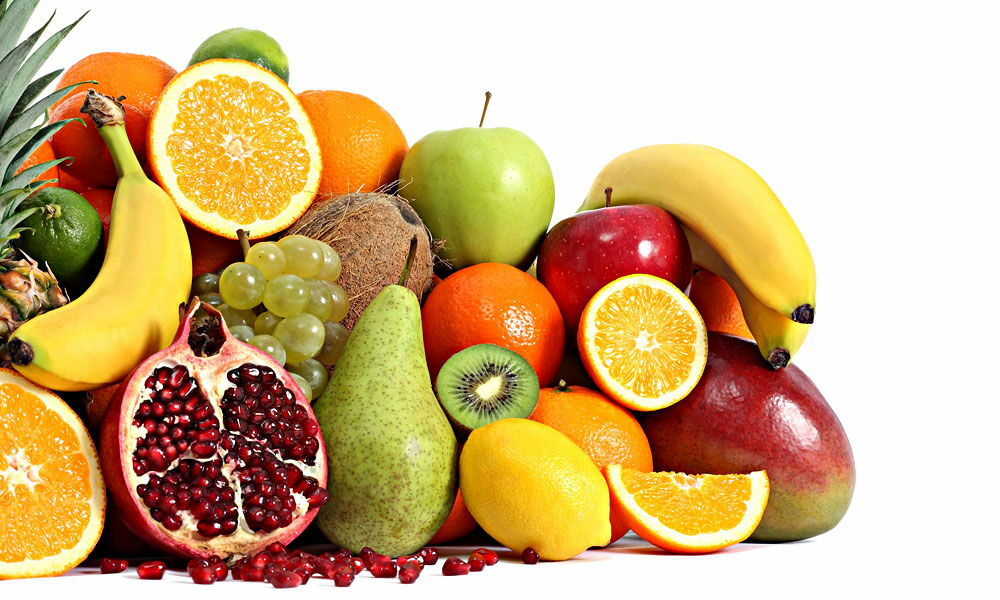What and how many vitamins are?
Are 13 types of vitamins, each of which plays its own role and classified into two groups: fat-soluble (A, D, E, K) and water-soluble (B, C).
The term "fat-soluble" refers to those vitamins that are soluble in fat and insoluble in water, as opposed to "water-soluble" vitamins.

Vitamins are essential for good health, without them, some key processes of the organism would be interrupted and, together with enzymes, participate in the chemical reactions necessary for the functioning of the organism.
Fat-soluble vitamins
Vitamin A (retinol)
Vitamin D (ergocalciferol D2, cholecalciferol D3)
Vitamin E (tocopherol)
Vitamin K (naphthokines)
Water-soluble vitamins
Vitamin C (ascorbic acid)
Vitamin B1 (thiamine)
Vitamin B2 (riboflavin)
Vitamin B3 (niacin)
Vitamin B5 (pantothenic acid)
Vitamin B6 (pyridoxine)
Vitamin B8 (biotin)
Vitamin B9 (folic acid)
Vitamin B12 (cobalamin)
Unofficial B vitamins
Choline
Inositol
Foods contain vitamins
Human beings are unable to synthesize vitamins in quantities sufficient for their needs and must therefore take them through food.
The main food sources of vitamins come from the plant kingdom and are fruits and vegetables, but also foods of animal origin.

To know the main vitamins and minerals present in fruit and vegetables it is useful to refer to the colors: green vegetables such as broccoli and spinach contain Vitamins A, B6, B9, C; the red of strawberries, cherries, tomatoes and apples is synonymous with Vitamins A and C; the yellow and orange, typical of carrots, peaches, apricots, oranges and citrus fruits in general, indicate that these foods contain a great wealth of Vitamins C, B1, B6; finally, blue and purple fruits and vegetables - berries, grapes, aubergines, plums - contain, among other things, Vitamins A, C and K.
Levels of intake
With the IV Revision of the Reference Intake Levels of Nutrients and Energy for the Italian population (LARN) the Italian Society of Human Nutrition (SINU) intended to offer a nutritional document that can be used, first of all, for research and nutritional planning (in the single individual, in groups of individuals or in segments of the population), for the definition of health and commercial policies, for the formulation of health claims, nutritional labeling and for the development of new foods and food supplements.
Daily intake of vitamins allowed in food supplements
Food supplements are concentrated sources of nutrients or other substances with a nutritional or physiological effect that serve to supplement the normal diet.
Supplements can be used to correct nutritional deficiencies or maintain an adequate intake of certain nutrients.
